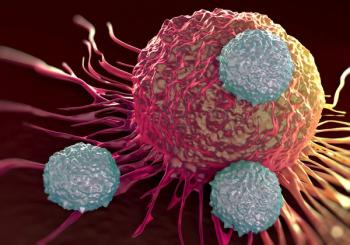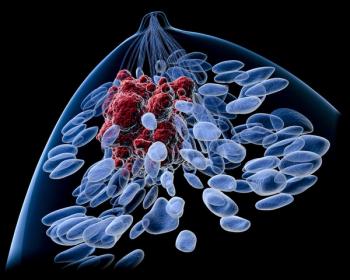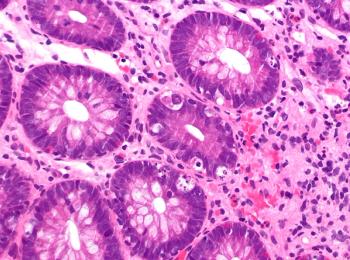
Oncology NEWS International
- Oncology NEWS International Vol 18 No 11
- Volume 18
- Issue 11
Imaging experts weigh in on screening controversy
Despite the hubbub, breast imaging researchers saw nothing new in the findings of Dr. Esserman’s group. Daniel Kopans, MD, a professor of radiology at Boston’s Massachusetts General Hospital, called her observation about mammography catching nonlethal cancers but missing aggressive ones “a fundamental concept that is older than I am. Mammography saves lives by finding moderate- and slow-growing cancer that will kill in five or more years without diagnosis and treatment,” according to Dr. Kopans.
Despite the hubbub, breast imaging researchers saw nothing new in the findings of Dr. Esserman’s group. Daniel Kopans, MD, a professor of radiology at Boston’s Massachusetts General Hospital, called her observation about mammography catching nonlethal cancers but missing aggressive ones “a fundamental concept that is older than I am. Mammography saves lives by finding moderate- and slow-growing cancer that will kill in five or more years without diagnosis and treatment,” according to Dr. Kopans. “Saving these lives is no less important than saving someone from a fast-growing cancer,” he said.
David Dershaw, MD, director of breast imaging services at Memorial Sloan-Kettering Cancer Center, noted that the need to customize breast cancer screening to a woman’s individual risk is widely recognized and is part of clinical practice. Women with a family history of breast and cervical cancer now receive genetic testing for BCRA1 and BCRA2 mutations. For women deemed especially susceptible to breast cancer, a rotating regimen of breast MRI and digital x-ray mammography screenings every six months is prescribed.
Although compliance with policy for routine annual mammograms has fallen slightly, Dr. Dershaw argued that most women who should be screened comprehend the procedure’s importance regardless of short-lived controversies played out in the press. “They understand it is advantageous. And increasingly their friends or family members or they themselves have seen the advantage of early diagnosis of breast cancer with mammography,” he said.
Etta Pisano, MD, a professor of radiology and biomedical engineering at the University of North Carolina Medical School at Chapel Hill, agreed with Dr. Esserman about the need to develop and validate biomarkers that would help radiologists differentiate between low- and high-risk breast cancers.
But much more research is needed before functional and anatomic data may be used together to assess breast cancer, Dr. Pisano said. Researchers believe they know what molecules on the surface of breast cancer cells correlate with aggressive pathologies, but more experimentation is necessary before that knowledge is applied clinically, she said. “Anyone in this field would prefer that we only treat cancers that are 100% likely to progress,” Dr. Pisano said. “In reality we can’t do that. We don’t have the tools to do it.”
Articles in this issue
about 16 years ago
Measure for measure: How to make practice benchmarks meaningfulabout 16 years ago
Ultrasound targets lymph node recurrence in breast cancerabout 16 years ago
JAMA article reignites debate over screeningabout 16 years ago
Moving at the speed of scienceNewsletter
Stay up to date on recent advances in the multidisciplinary approach to cancer.

















































































